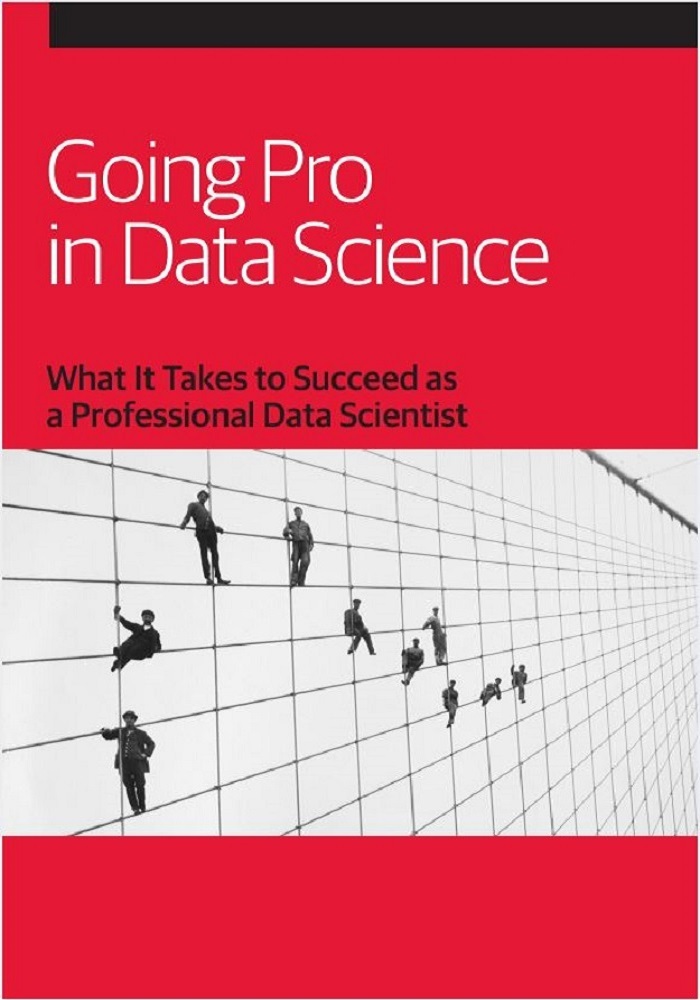
Going Pro in Data Science: What It Takes to Succeed as a Professional Data Scientist PDF
Preview Going Pro in Data Science: What It Takes to Succeed as a Professional Data Scientist
Digging for answers to your pressing business questions probably won’t resemble those tidy case studies that lead you step-by-step from data collection to cool insights. Data science is not so clear-cut in the real world. Instead of high-quality data with the right velocity, variety, and volume, many data scientists have to work with missing or sketchy information extracted from people in the organization.
In this report, Author—Distinguished Engineer at global IT leader DXC—introduces practices for making good decisions in a messy and complicated world. What he simply calls “data science that works” is a trial-and-error process of creating and testing hypotheses, gathering evidence, and drawing conclusions. These skills are far more useful for practicing data scientists than, say, mastering the details of a machine-learning algorithm.
Adapted and expanded from a series of articles Overton published on the CSC Blog, each chapter is ideal for current and aspiring data scientists who want to go pro, as well as IT execs and managers looking to hire in this field. The report covers
Using the scientific method to gain a competitive advantage
The skill set you need to look for when choosing a data scientist
Why practical induction is a key part of thinking like a data scientist
Best practices for writing solid code in your data science gig
How agile experimentation lets you find answers (or dead ends) much faster
Advice for surviving (and even thriving) as a data scientist in your organization
